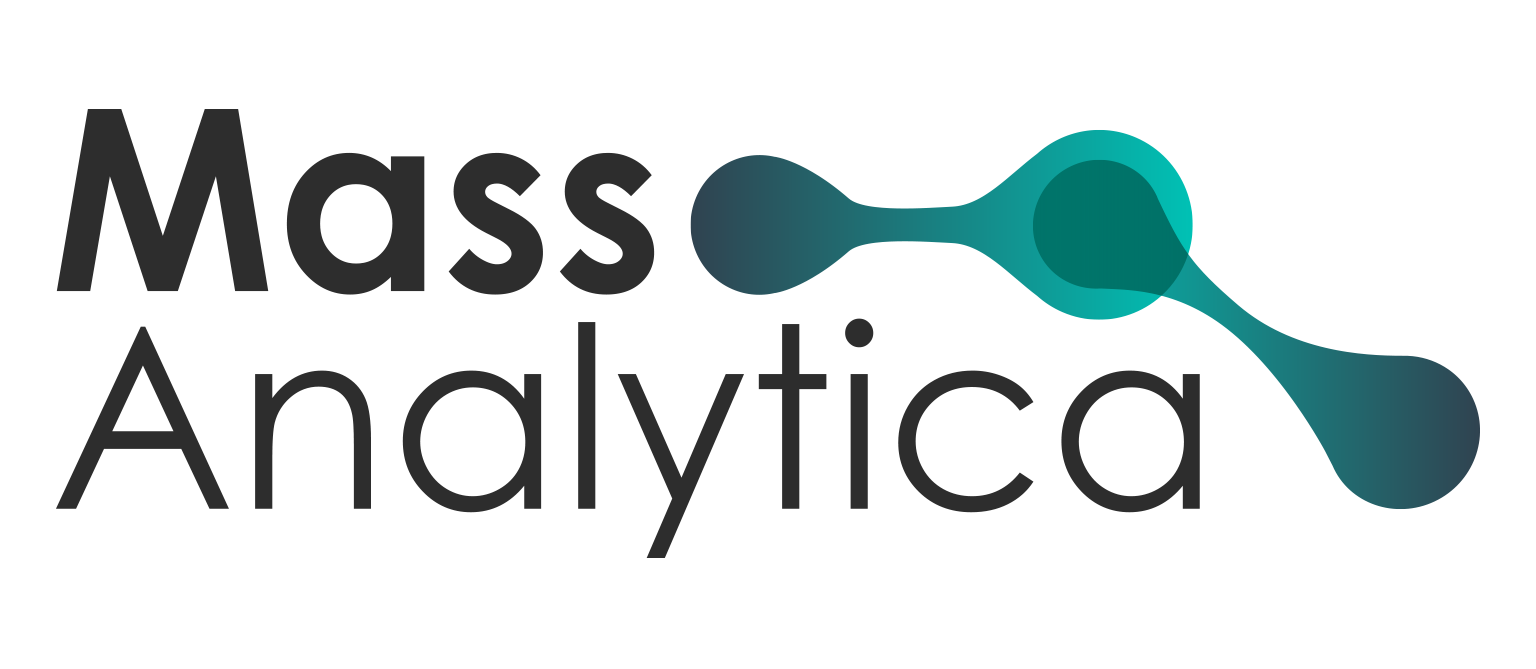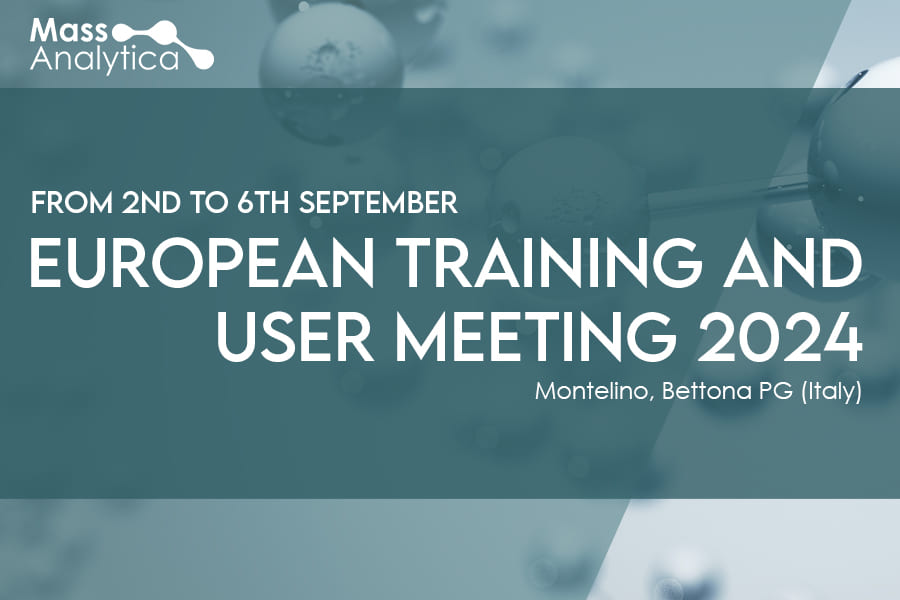You must be logged in to access this content. Not yet registered? Create a new account
Tutorial_Pyxis_03
You must be logged in to access this content. Not yet registered? Create a new account
Tutorial_Pyxis_02
You must be logged in to access this content. Not yet registered? Create a new account
Tutorial_Pyxis_01
You must be logged in to access this content. Not yet registered? Create a new account

